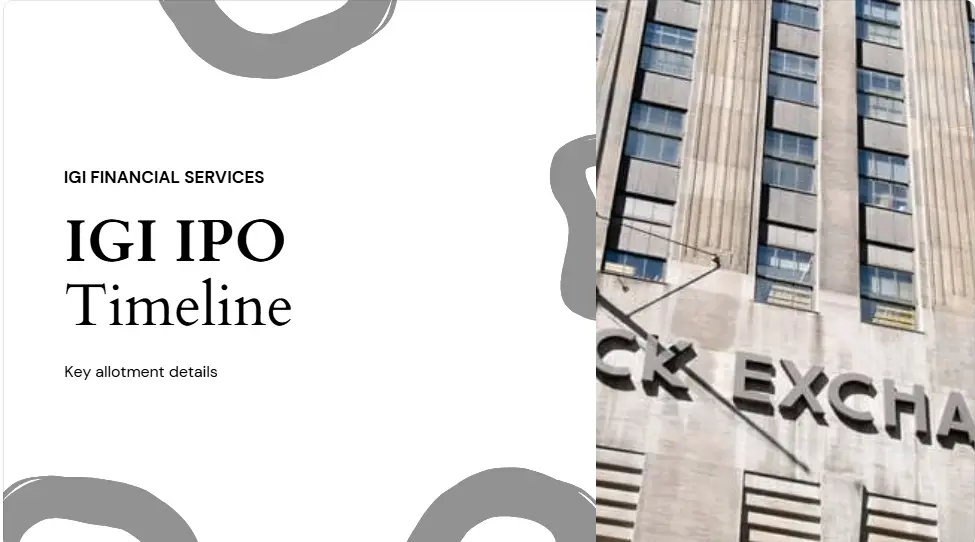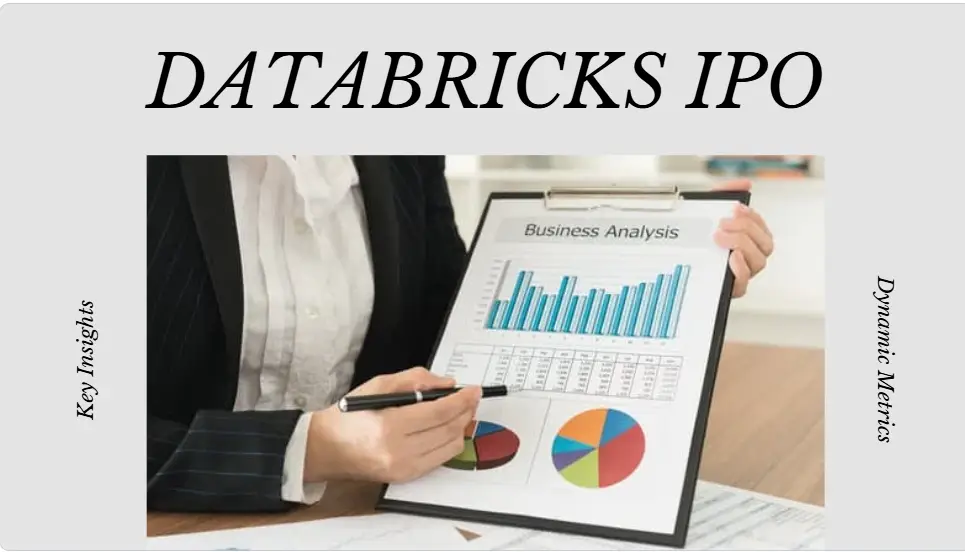
$178.41
Introduction: Is Amazon Overvalued?
Amazon leads in several markets, such as online retailing, cloud, artificial intelligence, and video streaming. Nevertheless, its P/E ratio is generally the recipient of intensely disputed views regarding its worth. Some believe that Amazon’s elevated P/E ratio indicates that the company is overvalued, but others see it as the reflection of the magnitude of the company’s growth possibilities and the intent to reinvest earnings. So, what does Amazon P/E ratio actually inform investors?
What Is P/E Ratio and Why It Matters
The P/E ratio is an important figure that is employed to price stocks. It reflects the amount by which individuals are willing to pay for every dollar of earnings. The calculation is straightforward:
Amazon P/E ratio = Price per Share/Earning per Share
- A high P/E ratio indicates high future growth expectations but can also point to overvaluation if the expectations in earnings are not being fulfilled.
- A low P/E ratio might indicate an underpriced stock or reflect stagnation in business expansion.
- Limitations: The P/E ratio does not take into account debt, industry trends, broader economic factors, or future profits
Amazon Historical P/E Ratio: A Wild Ride
Amazon P/E ratio has been greatly fluctuating over the past decade. This is because of certain variables such as new technology, economic changes, and the company expanding. Significant trends of the past include:
- Dot-com boom and bust (1999-2001): Amazon price-to-earnings ratio was extremely high prior to the stock market crash.
- AWS Expansion (2015-2020): Cloud dominance powered investor sentiment, boosting the company’s valuation.
- Post-pandemic transition (2021-Present): Shift in consumer behavior, increasing interest rates, and inflationary concerns resulted in valuation corrections.
- 2023 Q1 P/E spike (245.93) followed by rapid contraction
- 2013-2015 period shows extreme volatility
- Recent stabilization (2023-2025) in 30-50 range
- Multiple quarters with unavailable data (0 values)
Major Factors Influencing Amazon P/E Ratio At Present
1. Growth Rate and Market Expansion
- Amazon Web Services (AWS) continues to expand at 19% annually, making plenty of money and profits.
- New Ventures: Expansion into healthcare, AI, grocery, and streaming services facilitate long-term growth.
- International Expansion: Building a stronger presence in new markets, like India and Latin America.
2. Business Model and Profit Margins
- AWS has 30% operating margins, significantly higher than the thin margins from the e-commerce business.
- Cost Savings: Amazon’s automation and logistics optimization initiatives are driving profitability in business segments.
3. Investor Sentiment & Economic Conditions
- Market Trends: Stock market volatility, inflation concerns, and interest rate increases affect Amazon’s valuation.
- Hedge Fund Holdings: Institutional holdings and large investor sentiment drive the stock price.
- Analyst Projections: Current price projections by Wall Street analysts influence short-term investor sentiment.
Understanding Amazon P/E Ratio: Growth and Value
Is Amazon an overpriced growth stock?
- Growth Case: Amazon’s strong top-line growth warrants its premium multiple. AWS, AI, and logistics improvements underpin long-term optimistic expectations.
- Overvaluation Argument: A high P/E ratio may be an indicator of overly optimistic expectations, particularly if revenue growth decelerates or macroeconomic conditions deteriorate.
What Amazon Value Means to Experts
- Amazon has a high P/E ratio, but that means it has tremendous long-term growth potential, especially in AWS and AI expansion.
- Alternative Perspective: Other experts feel that the value of Amazon may go down if the economy deteriorates or additional competition arises.
Important Tips for Investors
| Key Consideration | Visual Guide | Recommendation |
|---|---|---|
| Risk Tolerance Alignment |
|
High volatility stocks (P/E >30) should be <20% of portfolio |
| Fundamental Analysis |
|
FCF Yield Debt/Equity ROIC |
| Diversification |
|
Limit single stock exposure to <5%, sector exposure to <20% |
Conclusion: Future of Amazon Valuation
Amazon P/E ratio is only one part of the equation. While a high figure might seem risky, the company’s continuous new ideas, growth worldwide, and rising profits make it a good investment for the long term.
Final Thought To those investors who have questioned whether Amazon’s stock merits the investment by its current P/E ratio, they should consider its future prospects rather than its past value.







Pingback: Why Netflix PE Ratio Is So High